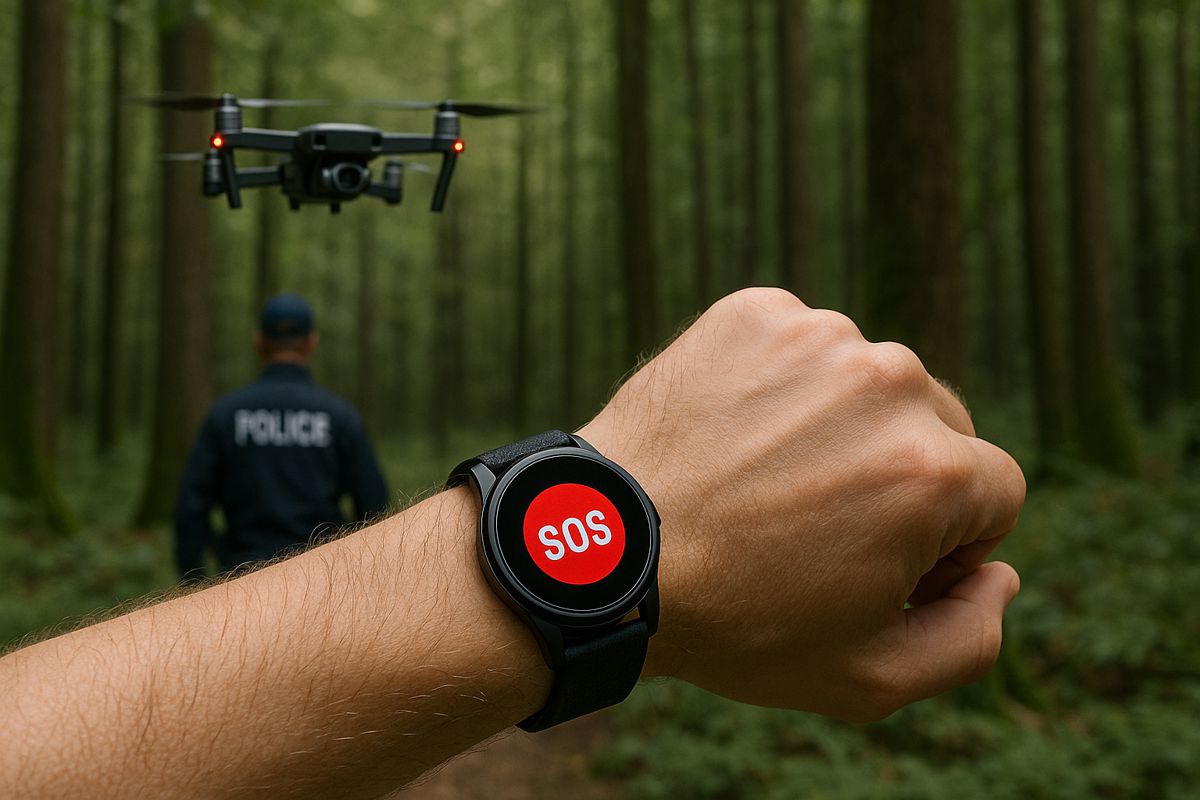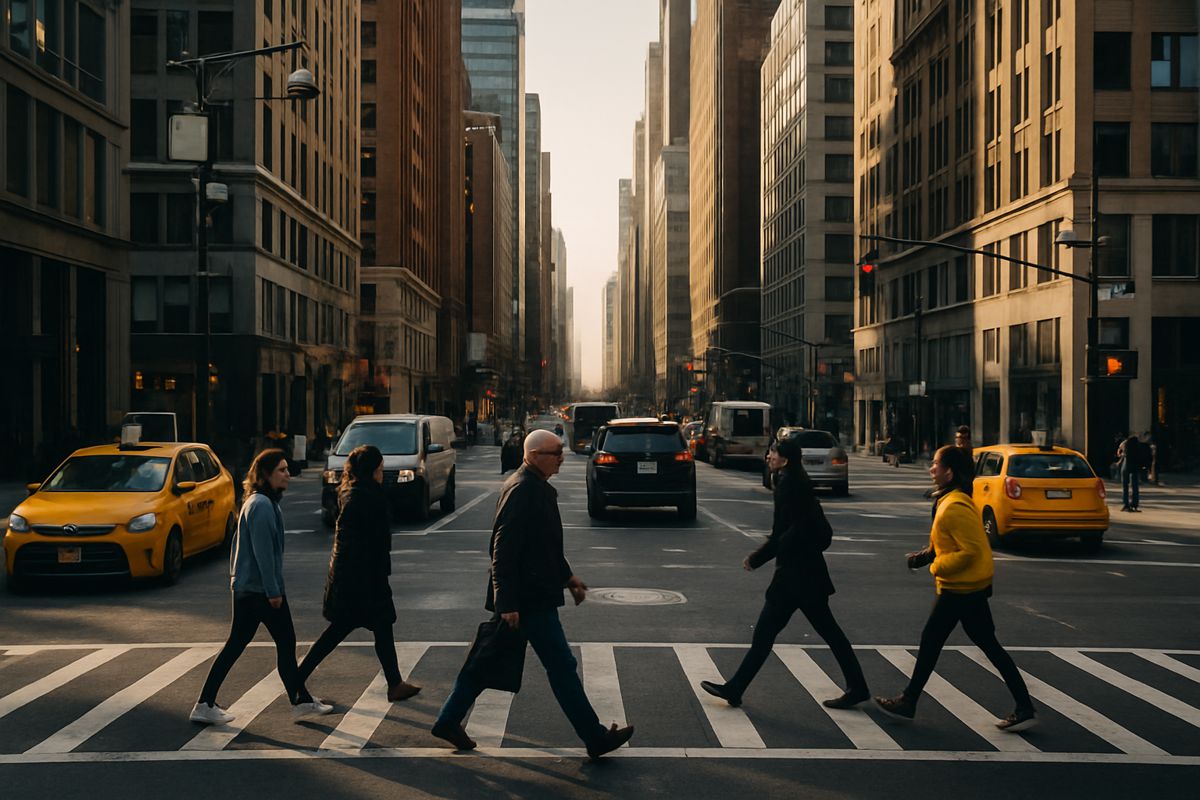Flow of Traffic vs Speed Limit Dangers
Speed limits seem quite straightforward at a glance as they tell drivers to drive under the required number. However, a common belief that makes this issue a little bit complicated is the idea that this can be overlooked if you are going with the “flow of traffic”.
There are many drivers on the roads who believe that it’s dangerous to drive slower than the flow of traffic and that doing so may cause a traffic accident. However, from a legal perspective, not obeying the speed limit sign is still considered speeding and drivers can still receive tickets for matching the flow of traffic even if they’re driving more than the posted speed limit.
In this article, we will discuss the flow of traffic vs speed limit dangers so that you can stay safe on the roads and keep other traffic participants safe as well.
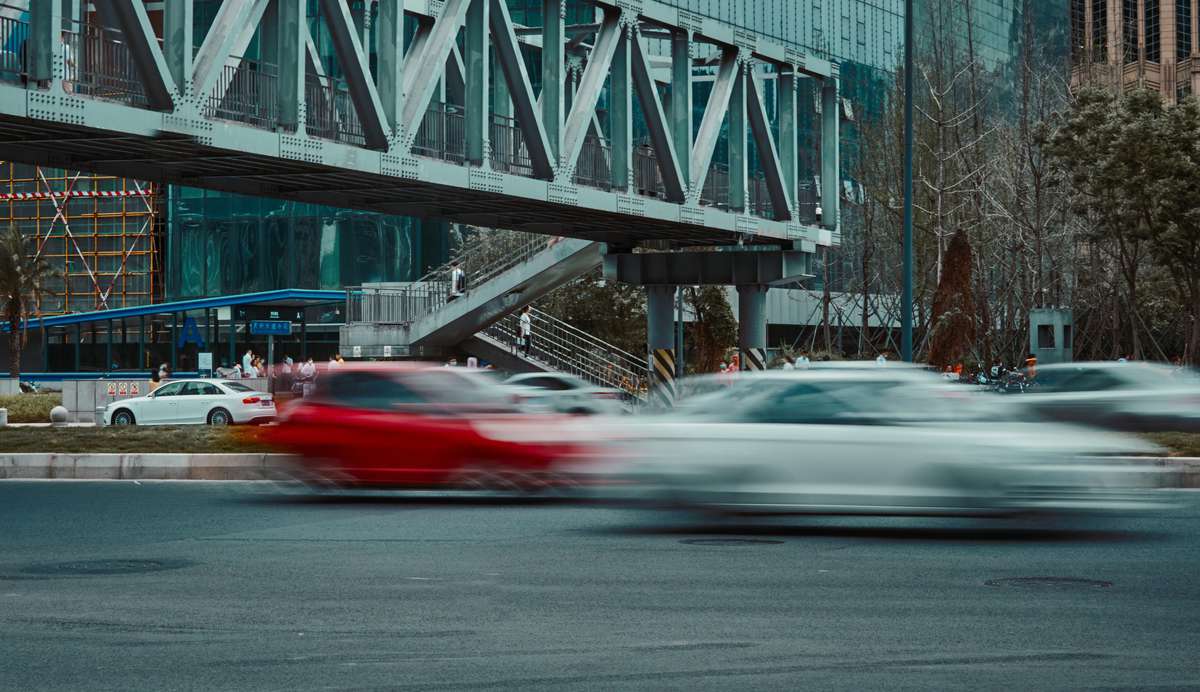
What is the Flow of Traffic?
The flow of traffic is commonly described as “the speed that traffic is going at any given time”. It is sometimes below the speed limit but more often than not, it’s well above the designated limit.
Regardless if you are driving above or much below the speed limit, you are at a higher risk of a car crash and a traffic violation. Many drivers are under the mistaken impression that they cannot get a traffic ticket for driving with the flow of traffic but this is just a myth and can make the situation worse if pulled over by the police.
Remember that if you’re driving over the speed limit, police officers have the right to pull you over, and debating over a rule that does not exist and arguing about the “flow of traffic” will only be taken as an admission that you were knowingly speeding.
Saying that other drivers drove at the same speed does not mean it’s acceptable for you to do the same. Even if an emergency forces you to speed, this is not an excuse (but can sometimes help you avoid a ticket).
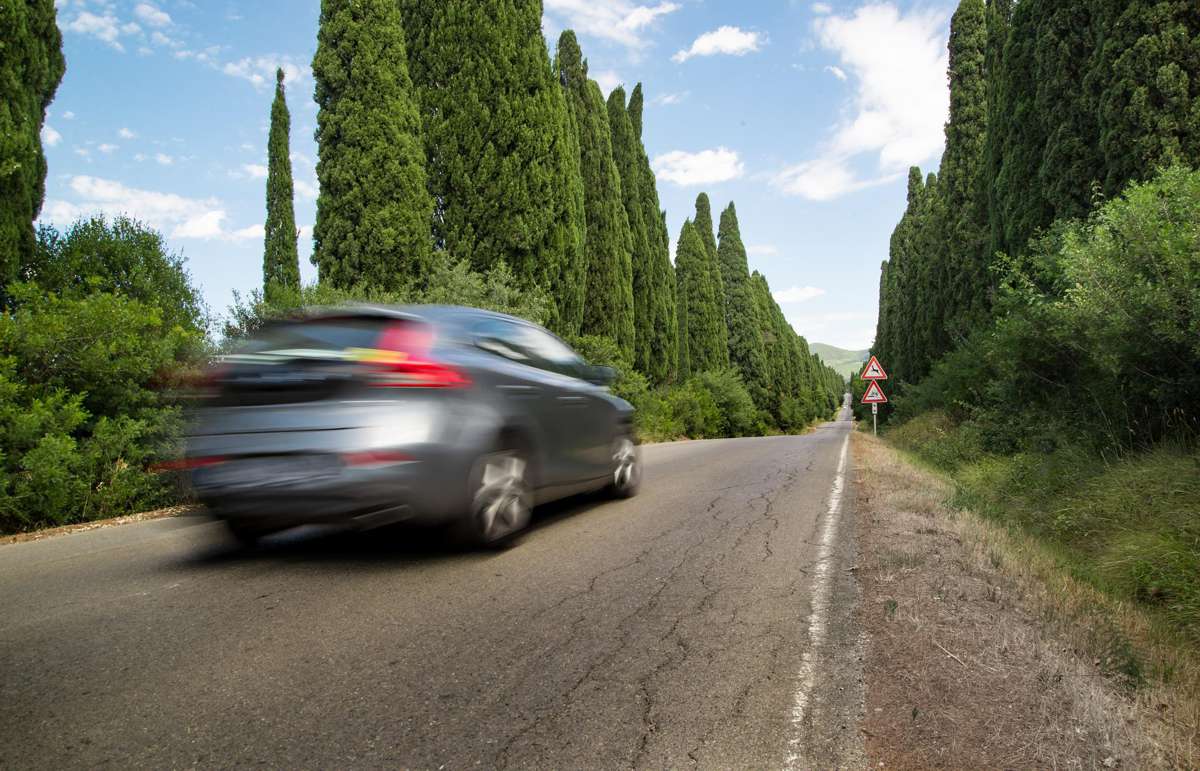
What is the Speed Limit?
The speed limit can be defined as the maximum or minimum speed that is legally allowed on a particular stretch of road under specified circumstances. Every state and country determines its speed limits and some municipalities and counties can set lower limits.
The speed limits range anywhere from 10 miles per hour to 85 miles per hour, depending on the specific area or road. Temporary speed limits are sometimes posted in work or construction zones and regardless of where you are, it’s your responsibility as a driver to understand the speed limit and respect it and not assume that the flow of traffic and the speed limit are the same.
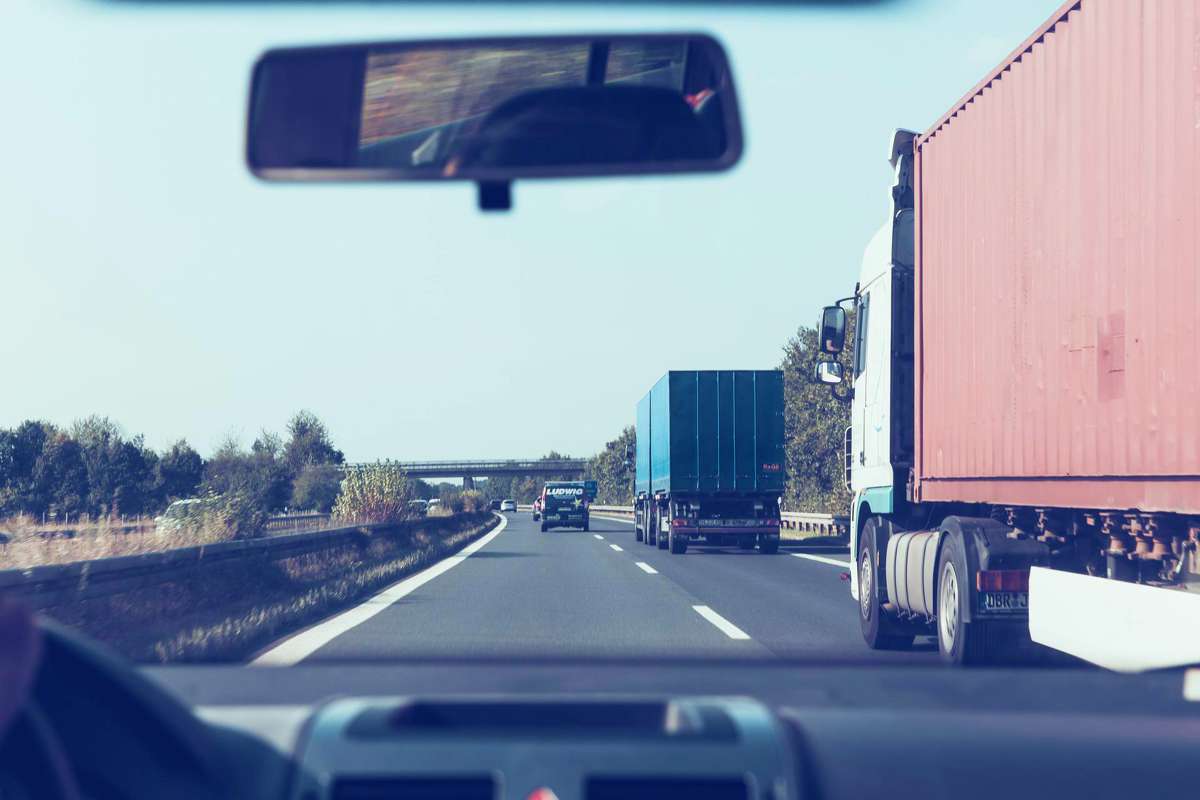
Flow Of Traffic Vs Speed Limit Dangers
As we mentioned above, many people believe they aren’t doing anything wrong as long as they’re going with the flow of traffic. This is completely wrong and equal to breaking the law.
Expect to get a fine if you get pulled over by police officers and avoid arguing that you were just driving with the flow of traffic as this is essentially considered an admission to speeding. In extreme cases, speeding offenses can even be considered misdemeanours.
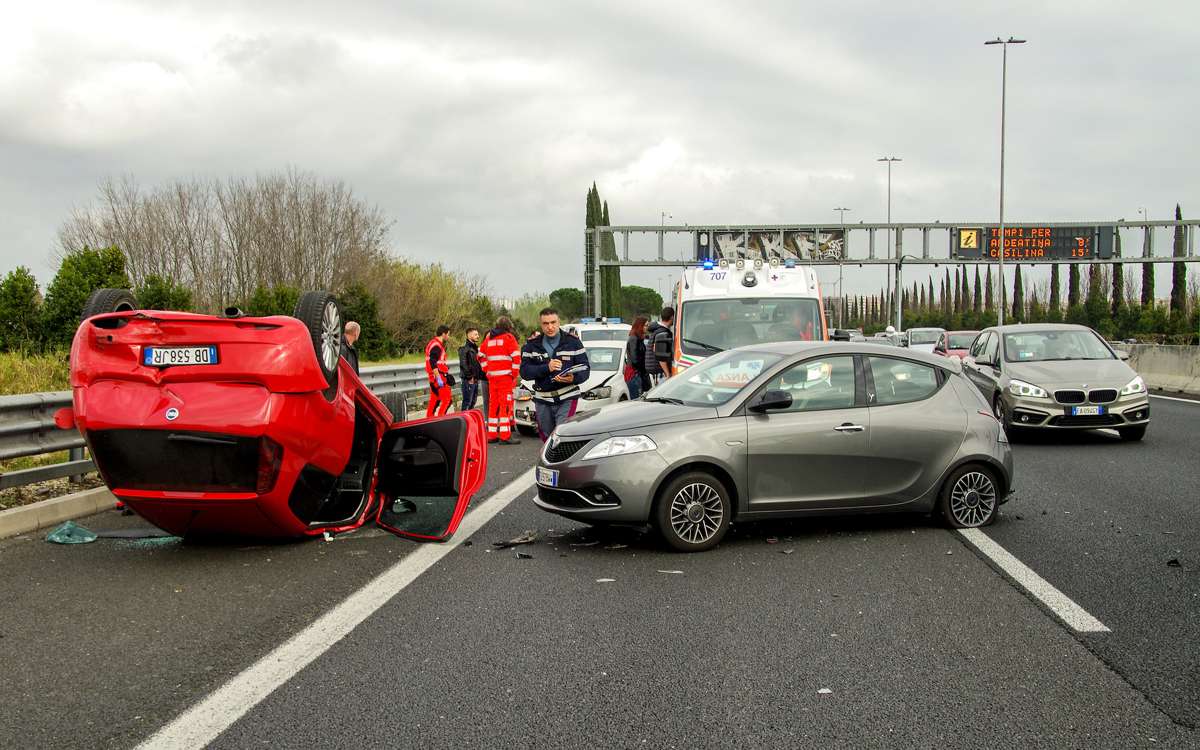
Consequences of Speeding
The police carry out road safety checks on selected road sections and when a vehicle passes the checkpoint at an unauthorized speed, information is registered on how fast the vehicle has been driving. The person who drove the vehicle is responsible for the speeding violation and can be handed a ticket with a hefty fine or get their driver’s license suspended.
Speeding can cause you to lose control of the vehicle and reduce the effectiveness of a driver’s occupant-protection features such as seatbelts and airbags. Speeding can significantly reduce your ability to adjust to curves and turns in the road and reduce the amount of time you have to react to an unexpected obstacle on the road, which increases the likelihood of severe crashes, injuries, and damages to the vehicle.
When you speed, pedestrians and cyclists may misjudge your speed and enter an intersection or turn into your lane too soon, which can make it too late for you to hit the brakes. There are also financial consequences as your insurance rates can increase if you get pulled over, and you’ll have to pay hundreds of dollars in fines.
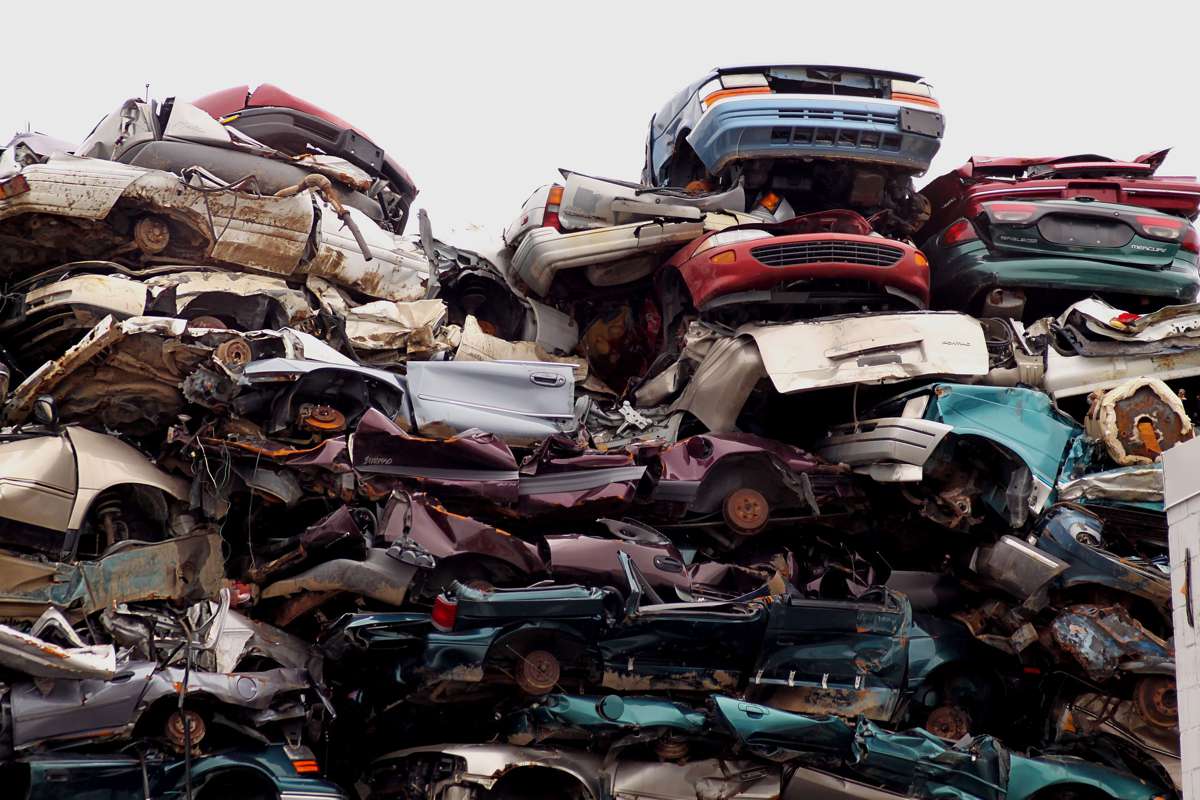
Final Thoughts
Speeding behind the wheel is neither safe nor legal. It increases the chances of collision with other vehicles, pedestrians, or objects and may leave you with costly fines, penalties, and serious injuries. Do your part and follow the speed limits to ensure everyone on the road is safe.















